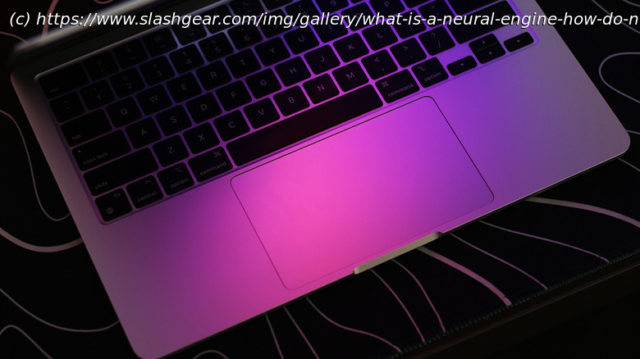When it comes to tech, most don’t think too much about how things like NPUs and GPUs work. But the differences between them is more important than you think.
Computing power has increased exponentially over the past few decades. We now have cameras on smartphones with incredible computational photography, voice assistants that respond near instantaneously, and hardware efficient enough to run open world games on the iPhone. More recently, advancements in generative AI have shed a light on just how useful the technology can be — and capabilities just keep ramping up with every passing day.
With all the chatter surrounding AI, there may have been certain buzzwords and terminology that you have heard. Apple likes to talk a great deal about its Neural Engine — and this piece of hardware is often brought up in the company’s keynotes when talking about machine learning or artificial intelligence-related features. The technology is by no means new — Apple first showcased its A11 Bionic Neural Engine alongside the launch of the iPhone X in 2017, where it was said to assist with operations such as Face ID unlocks.
Apple’s Neural Engine is essentially a specialized component that is tuned to handle operations in a way the human mind would. Products other than the iPhone, iPad, and Mac use similar hardware — in fact, NPUs, or Neural Processing Units, can be found in most new computers, smartphones, and even IoT devices. As someone who’s had hands-on experience working with hybrid machine learning models during my master’s course in Information Technology, what fascinated me the most was the difference between an NPU and a GPU — and how they complement each other.






